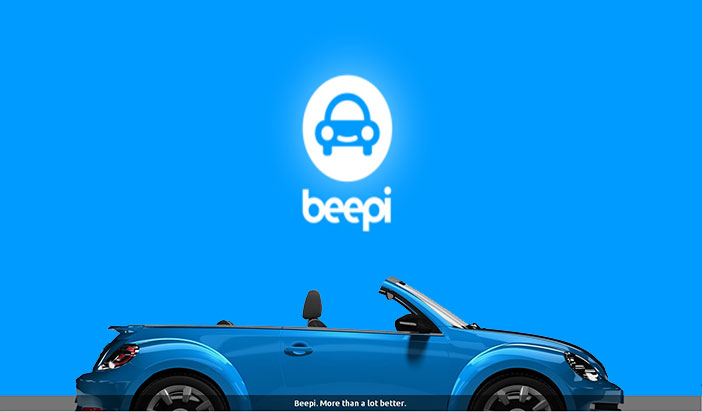The way people buy a car has not changed for decades… until now!! Beepi, a marketplace build on the idea that most people would not buy an used car without a test drive completely changed the way of doing business. After the research, buyers do not have to go offline anymore to test the car. How does this work exactly?
On the 1st of April 2014, Beepi, an online peer-to-peer marketplace that changes the way of selling and buying used cars was founded with the help of seven investors that funded 1.25 million dollars in total. At this moment the total amount of equity funding has reached the amount of 149.95 million dollars after 5 rounds of funding. Beepi not only shows the powerful effect of crowdfunding platforms, which is definitely present, but also a solution to reduce the information asymmetry and make the process of buying a car a lot more easy.
Beepi makes it possible to buy a car in the same way you buy other products, from start to finish, online. Beepi buys the car from the sellers, give them the money and delivers it to the buyers. A certified Beepi representative inspects the car at 240 different points and buyers get a guarantee to get their money back if the car is not what they expected after the 10-day test drive. In this way Beepi makes buying cars a trusted and transparent process. On the other hand, Beepi makes sellers happy, because they guarantee them that the car will be sold within 30 days, because otherwise, they will buy it. On top of it all, Beepi guarantees the lowest price for the buyer without negotiations and the highest returns for the seller. The most logical explanation is because there are less brokers involved. This combination of promises makes sure the information asymmetry between seller and buyer will disappear to a great extent.

Still, a problem to think about is disintermediation; this happens if the buyer and seller continue the purchase offline after consulting Beepi. The recommended solution in cases like this would be to make sure the marketplace provides enough value, safety and comfort for the users. This might be one of the reasons Beepi calls itself an organized, efficient and safe environment.
This sounds almost too good to be true, can we really say that this online marketplace actually comes up with the solution to the market for lemons? And furthermore, is there a possibility that another competitor, for example driveshift.com who still offers buyers a testdrive, enters the market in a way that reduces the information asymmetry even more or in a better way?
Resources
https://www.crunchbase.com/organization/beepi#/entity
https://techcrunch.com/2016/04/21/beepi-lets-you-buy-sell-and-now-lease-a-car-with-an-app/
https://hbr.org/2016/04/network-effects-arent-enough
http://www.cnbc.com/2015/05/15/beepi-aims-to-change-the-way-you-shop-for-used-cars.html




